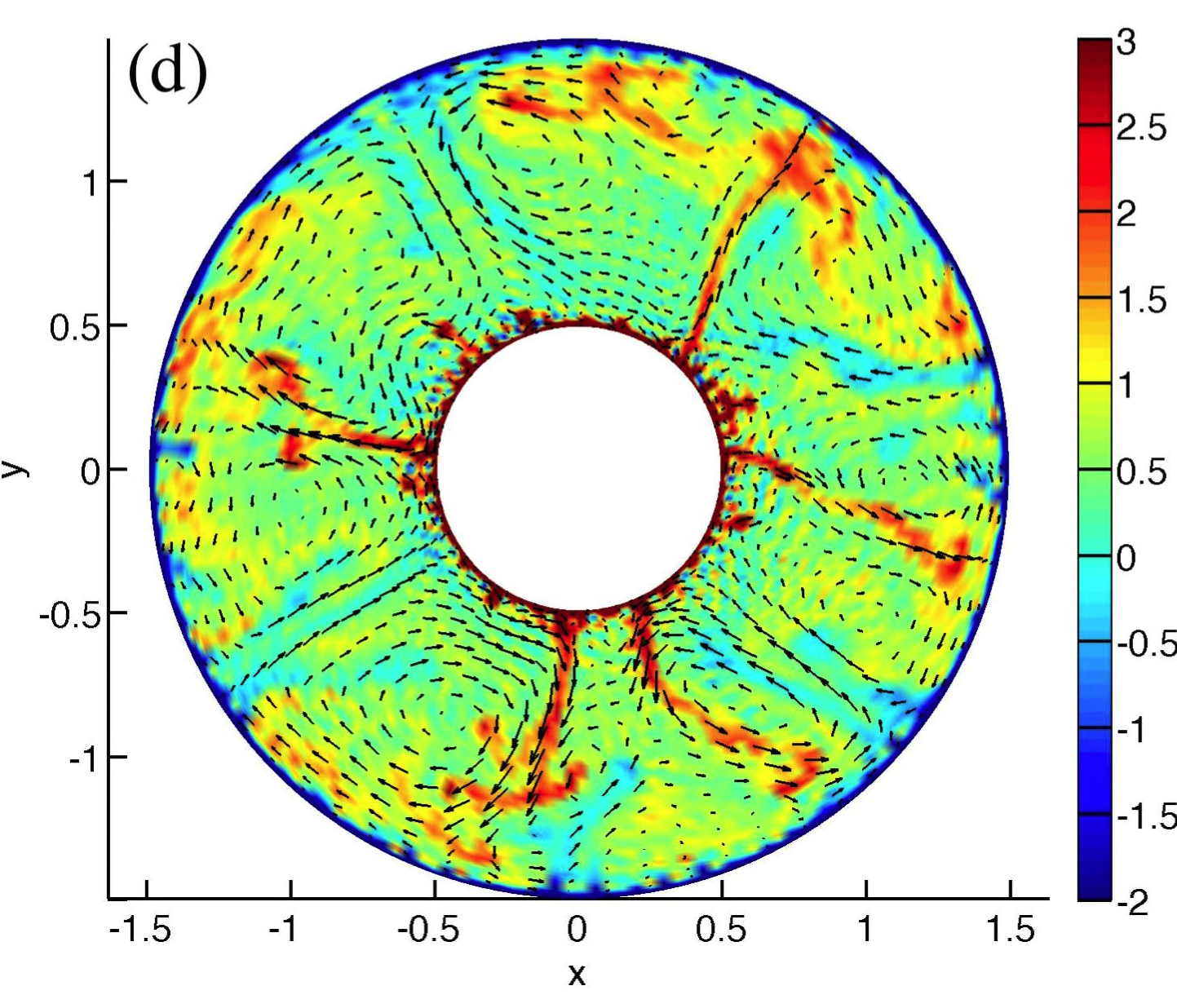
The Route to Chaos and Turbulence
in Annular Electroconvection
Ph.D. thesis, Unpublished, Sept. 2007.
Peichun Tsai
Department of Physics, University of Toronto,
60 St. George St., Toronto, Ontario, Canada M5S 1A7.

|
The Route to Chaos and Turbulence
|

Download this paper here:


The Experimental Nonlinear Physics Group / Dept. of Physics / University of Toronto / 60 St. George St. Toronto, Ontario, Canada, M5S 1A7. Phone (416) 978 - 6810